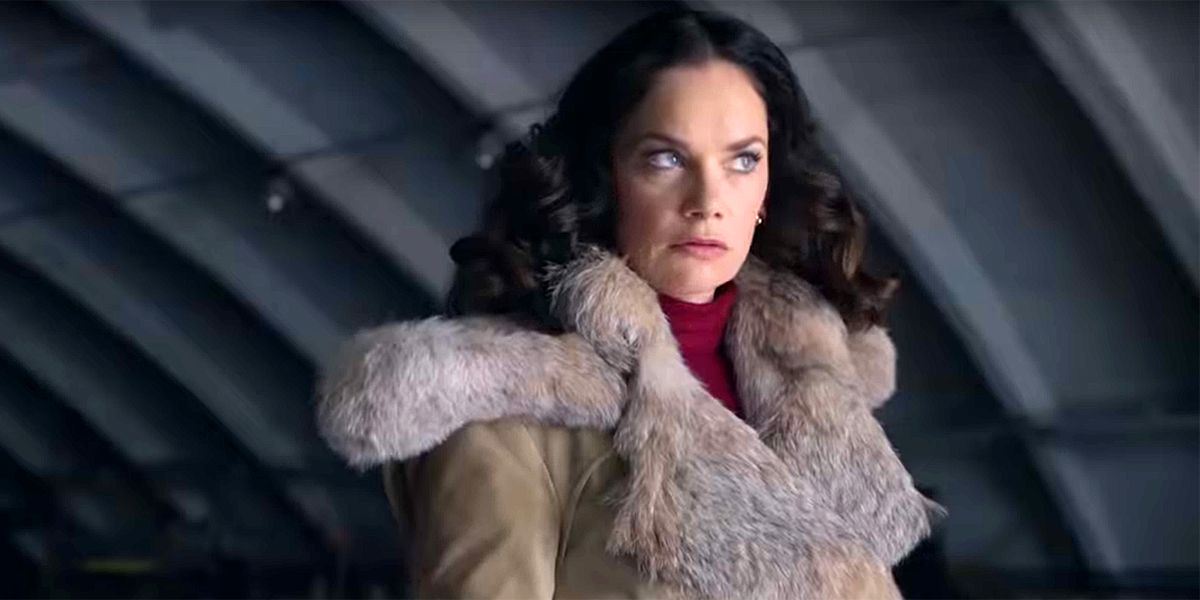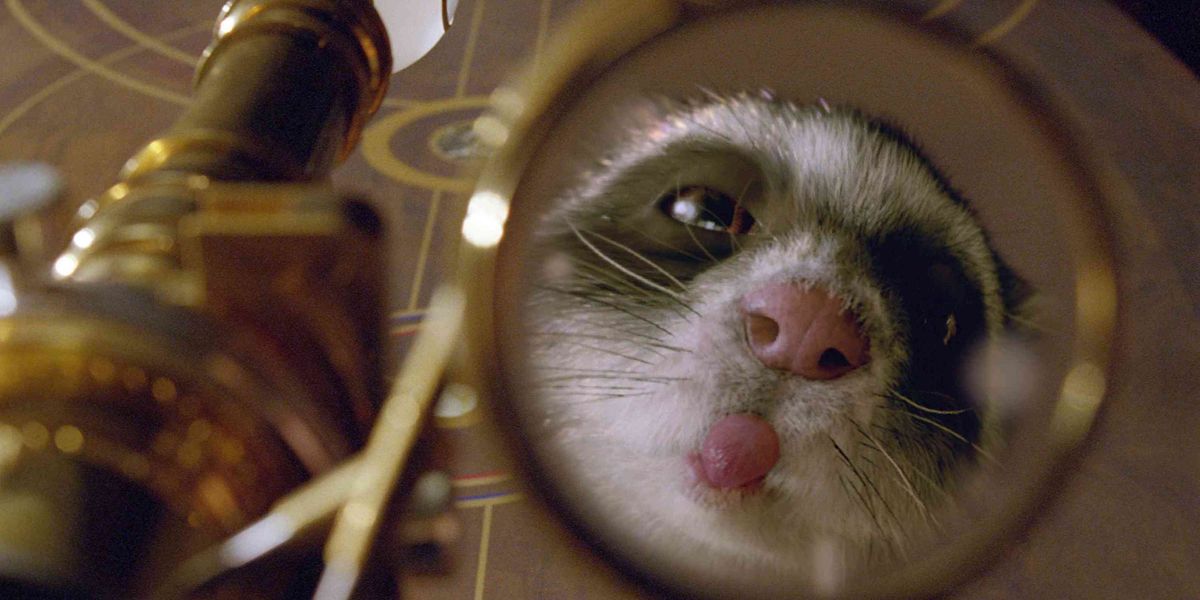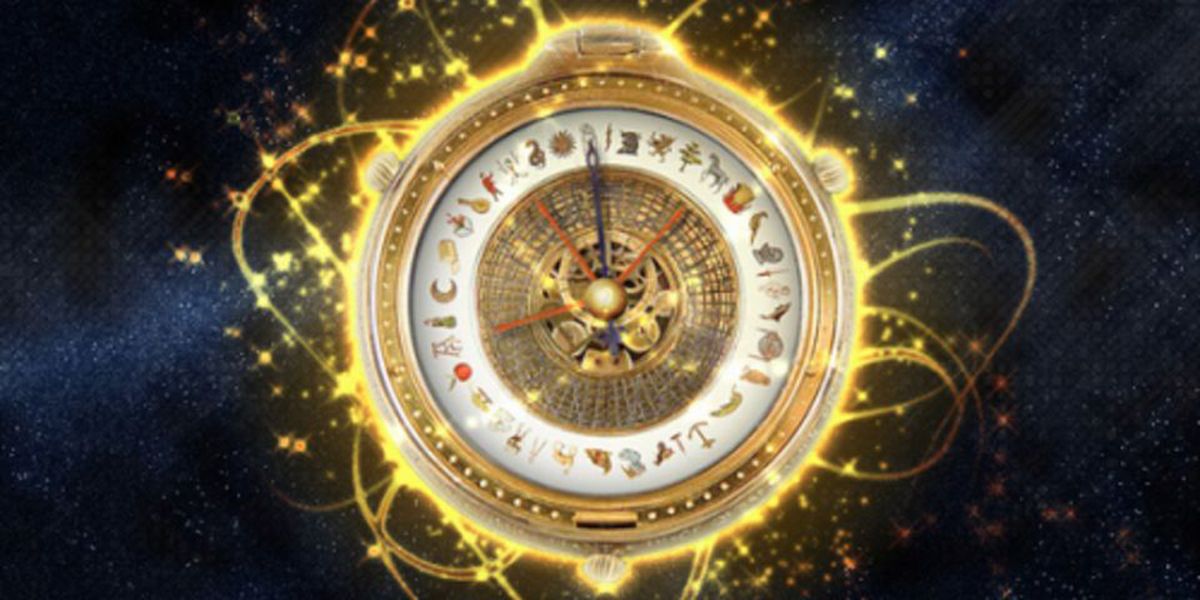The first trailer for BBC's His Dark Materials offered a few good shots of the spectacular cast that’s been assembled, which may be enough on its own to pique the interest of those who haven’t read Sir Philip Pullman’s trilogy of books, of the same title, which inspired the show. Those who have read them, of course, have already had their interest piqued, so they might be paying more attention to what’s absent from the trailer.
And there’s a lot of that. It makes sense that promotion for the show would move slowly, saving some of the excitement for later and (probably) finishing up the CGI that will be required for certain characters and scenes. On the other hand, so little has been revealed so far that you may not have even decided whether there’s anything to be curious about -- or maybe you’re just wondering why everyone is asking, “Where are the daemons?” For a quick rundown on what to expect from the world of His Dark Materials, read on.
Daemons
To start with, even though we have little context for the clips that we saw, it’s a sure thing that daemons do belong in each one. They’re an integral part of both the setting and the plot, so any degree of faithfulness to the source material means that they’ll be included. Where would you find a daemon? Right next to every single living human in the His Dark Materials universe, meaning every character seen in the trailer.
It’s the center of the mythology that builds the story. People have external souls, which take the form of animals of all kinds. Characters appeared in the books with daemons shaped as everything from insects to big cats, each type of animal representing some facet of the person’s inner self. The inherent metaphors are generally easy to follow -- a dog means a loyal servant, a reptile suggests a lack of empathy -- and the characters in-universe understand them as well and pay attention to their meanings.
Far from being significant for their symbolism alone, though, daemons are solid and real companions, not illusory beings. Animating them properly might just be the show’s biggest challenge, and not only because of their omnipresence. They can speak, complete tasks suited to their species and interact with other daemons, although it’s considered a perverse violation for a human to touch one that belongs to someone else.
RELATED: BBC's His Dark Materials TV Series Renewed for Second Season
Other rules apply too, most of which either directly affect the cultural setting or look like ordinary worldbuilding details until the time comes to break those rules. A daemon can’t stray too far from its human without causing severe emotional pain to both, which, when you consider the implications of a speeding motorcycle or a suddenly closing subway door, may have had some influence on the way the technology of transportation developed in this world.
Typically, the daemon’s sex is opposite the human’s. Pullman has implied that the rare exception indicates something about the human, which many fans assume to be sexuality. The show may or may not use this idea in its lore, and may or may not make it obvious, but some viewers will be sure to be looking for it.
The rule which has the greatest effect on the plot is in regard to growing up. A child’s daemon can change shape at will, but at some point it will signal the onset of adulthood by settling permanently into its true form.
NEXT PAGE: His Dark Materials' World is Going Crazy Over... Dust?
Dust
The setting has other differences from the real world, which are less immediately apparent than the presence of daemons but also require less exposition. The cultures which appear are technologically advanced, but seem to have been held back in certain ways due to the presence of daemons or the people’s own taboos. Terminology often differs from ours, ideas and values have branched off in different ways and there is some evidence of non-human races and outright magical beings.
The tale begins at Oxford University in England, but more specifically, the fictional “Jordan College” of Oxford. References to other places and historical events quickly make it clear that this is a kind of parallel universe; a typical device in fantasy literature, but what makes this one intriguing is that the characters seem to be on the verge of discovering it themselves.
Using scientific methods evocative of the Victorian Era, researchers are theorizing about the connection between daemons and elementary particles they dub “Dust.” As the characters learn about their world, there are hints that Dust may provide a bridge to other worlds as well, which opens up possibilities about the nature of reality -- is this a metaphorical world, or could it exist side by side with ours?
The Authority
Thought to be responsible for the change that children’s daemons undergo, Dust becomes a topic of great controversy, which ultimately establishes the thrust of the entire plot. Among the primary antagonists is the Church, which is based on the real Catholic Church, but in this world has become a powerful institution dictating both government and religion. Threatened by the power of Dust, the Church seeks to stymie its effects and prevent children from being exposed to Dust as they grow.
Although the Church’s involvement begins in the background of the story, shown only through the actions of some of its agents, its influence on the other aspects of the setting are undeniable. There is even an implication that its origins come from somewhere outside of humanity, which keeps it as an essential part of the mystery encompassing the themes of intelligent life, souls and metaphysical theory.
RELATED: BBC America Orders Terry Pratchett Discworld Adaptation The Watch to Series
All TV adaptations have to make changes to the original source material, and at this time there’s no saying how deep those changes will run for His Dark Materials. The title alone -- which was a quote from Milton’s Paradise Lost before it was the title of Pullman’s trilogy -- suggests that there’s an intention to stay true to the author’s vision, which was a deliberate subversion of the Biblical story of the Fall of Man. Beyond that, there are still endless details that can be changed with no harm done, but there are also a great many that hang together in an intricate web, allowing for much more depth than a typical fantasy world offers.
Whatever else happens, though, we’ll be looking forward to the debut of all those daemons.



